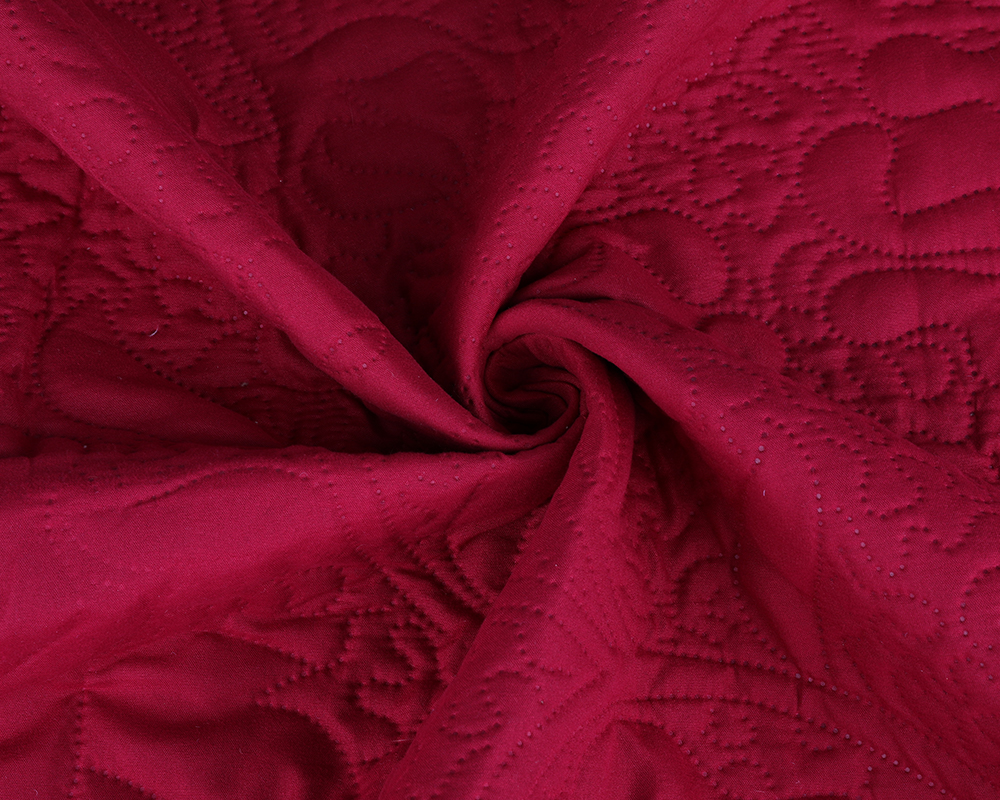Search...
As an environmentally friendly option, degradable threads are gradually gaining attention in textile and bedding production. However, when applied to Stitching Bedding Sets, the use of degradable threads may affect the overall strength and durability of the bedding, which requires a comprehensive analysis from the following aspects:
Degradable threads usually decompose through biodegradation, chemical degradation or photodegradation. Their main materials include polylactic acid (PLA), chitosan fiber or natural materials (such as silk thread, cotton thread). The strength of these materials may not be as good as traditional synthetic fibers (such as polyester or nylon).
The degradation process is affected by environmental factors (such as humidity, temperature, and microorganisms). In ordinary indoor environments, threads may maintain their strength for a long time, but when exposed to high humidity or certain chemicals, the degradation rate of threads may accelerate, affecting the durability of bedding.
Degradable threads are usually more fragile than traditional threads and are prone to breakage during high-tension sewing. Therefore, when sewing bedding, it is necessary to adjust the tension setting and stitch length design of the sewing machine to avoid excessive force on the threads. Critical parts of bedding (such as the zipper edge of a duvet cover or the corners of a pillowcase) need to withstand greater pulling forces, and degradable threads may cause these parts to be more easily damaged, reducing overall durability.
Compared with traditional high-strength threads, degradable threads have lower tensile strength and wear resistance, which may cause the seams to wear or break during long-term use, affecting the firmness of bedding. Bedding needs to be washed frequently, and degradable threads may accelerate degradation due to contact with detergents, hot water or mechanical washing actions, thereby shortening the service life of bedding. Although degradable threads are designed to decompose under certain conditions, they will inevitably lose strength over time, especially in hot and humid environments, where their degradation rate may increase significantly.

By mixing degradable threads with high-strength non-degradable threads, strength can be improved while maintaining environmental friendliness. For example, traditional threads are used in load-bearing parts, while degradable threads are used in non-critical parts. By increasing the density of stitches or using a double-layer sewing process, the force on a single thread is dispersed, thereby enhancing overall firmness. Add protective coatings to degradable threads to slow down their degradation process, especially when exposed to moisture or chemicals during washing and use. Develop threads with longer degradation time so that they maintain sufficient strength during the product life cycle to achieve a balance between environmental protection and durability.
For disposable or short-term bedding such as hotels, medical or travel supplies, degradable threads are an ideal choice to reduce environmental burden. In the high-end market that pursues environmental protection, degradable threads can be used as a selling point, but their strength improvement technology needs to be emphasized to dispel consumers' concerns about durability. The younger generation is more receptive to environmentally friendly products and may be more willing to accept bedding with a shorter service life but environmentally friendly.
The future research and development direction of degradable threads should include improving mechanical strength, optimizing degradation time and reducing costs, so that their performance is close to that of traditional threads. Reduce the loss of threads through intelligent sewing technology, and use automated equipment to improve sewing accuracy and reduce weaknesses. Enhance the recognition of degradable bedding through consumer education and environmental protection publicity, paving the way for market promotion.
Using biodegradable threads to sew bedding will affect the overall strength and durability of the product to a certain extent, but by optimizing material properties, adjusting processes, and mixing designs, a balance can be found between environmental protection and performance. Biodegradable threads have broad prospects in specific markets and application scenarios, especially under the consumer trend that emphasizes sustainable development, and their potential will be further explored.

 English
English
 中文简体
中文简体
 Español
Español





.jpg?imageView2/2/format/jp2)






